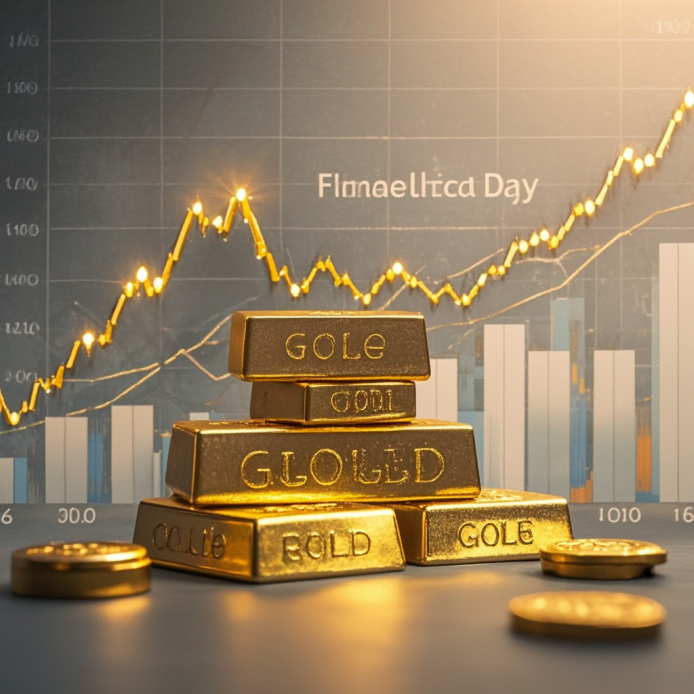Recent Trends in the Gold Market: Minor Rebound Fails to Mask Downward Pressure
The gold market has recently exhibited complex dynamics. Although prices saw a slight uptick today, the consecutive two-week decline has drawn market attention, signaling that investors should approach gold investments with caution.
Over the past two weeks, gold prices have fluctuated within a relatively narrow range. Despite today’s modest gains, the increase has been insufficient to reverse the weekly losses for the precious metal. The primary headwinds facing the gold market include a strengthening U.S. dollar and robust economic data.
The performance of the U.S. dollar index has had a notable impact on gold prices. In the week ending July 7, the dollar index rose by 0.88% to 97.863, followed by a further 0.65% increase this week to 98.50. The dollar’s strength has made gold, priced in dollars, more expensive for investors holding other currencies, thereby dampening demand and exerting downward pressure on prices.
Strong economic data has also bolstered the dollar while weighing on the gold market. Typically, gold is viewed as a safe-haven asset, with investors turning to it for wealth preservation during economic uncertainty or crises. However, a series of recently released positive economic indicators have boosted market confidence in the economic outlook, reducing demand for safe-haven assets and diminishing gold’s appeal.
From a technical perspective, the two-week decline has pushed gold prices below several key support levels, triggering some panic in the market. Some investors have opted to sell their holdings, further exacerbating the downward pressure. Although today’s minor rebound offers temporary relief, the market widely perceives it as a short-term correction unlikely to reverse the overall bearish trend.
For investors, uncertainty in the gold market has increased. On one hand, a strong dollar and solid economic data may continue to suppress prices. On the other hand, global economic conditions remain volatile, with factors such as geopolitical risks and trade tensions capable of reigniting safe-haven demand and driving gold prices higher.
Some analysts recommend that investors remain cautious in the current environment, closely monitoring shifts in the dollar’s trajectory, economic data, and geopolitical developments. For long-term investors, gold retains its role as a hedge within diversified portfolios and may warrant moderate exposure, though excessive concentration should be avoided. Short-term traders, however, must stay agile, making buy or sell decisions based on technical indicators and market news.
In summary, despite today’s slight rebound, the consecutive two-week decline and multiple headwinds present significant challenges for the gold market. In the near term, gold prices will continue to be influenced by a combination of factors, including the dollar’s performance, economic data, and global political-economic conditions. Investors should stay vigilant, closely tracking market developments and managing risks accordingly.
